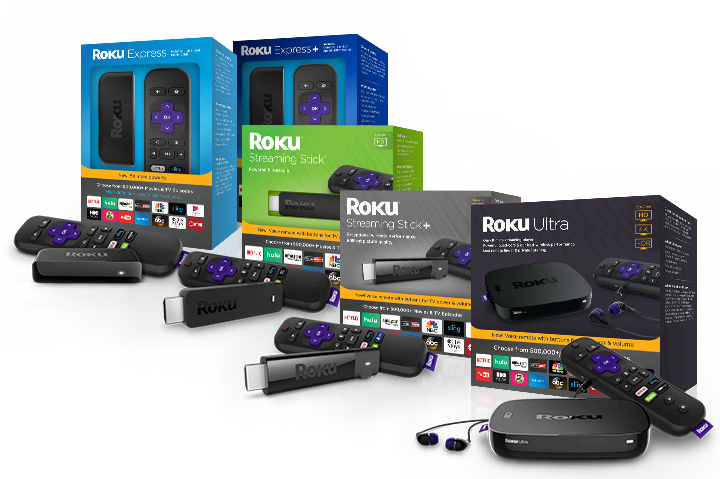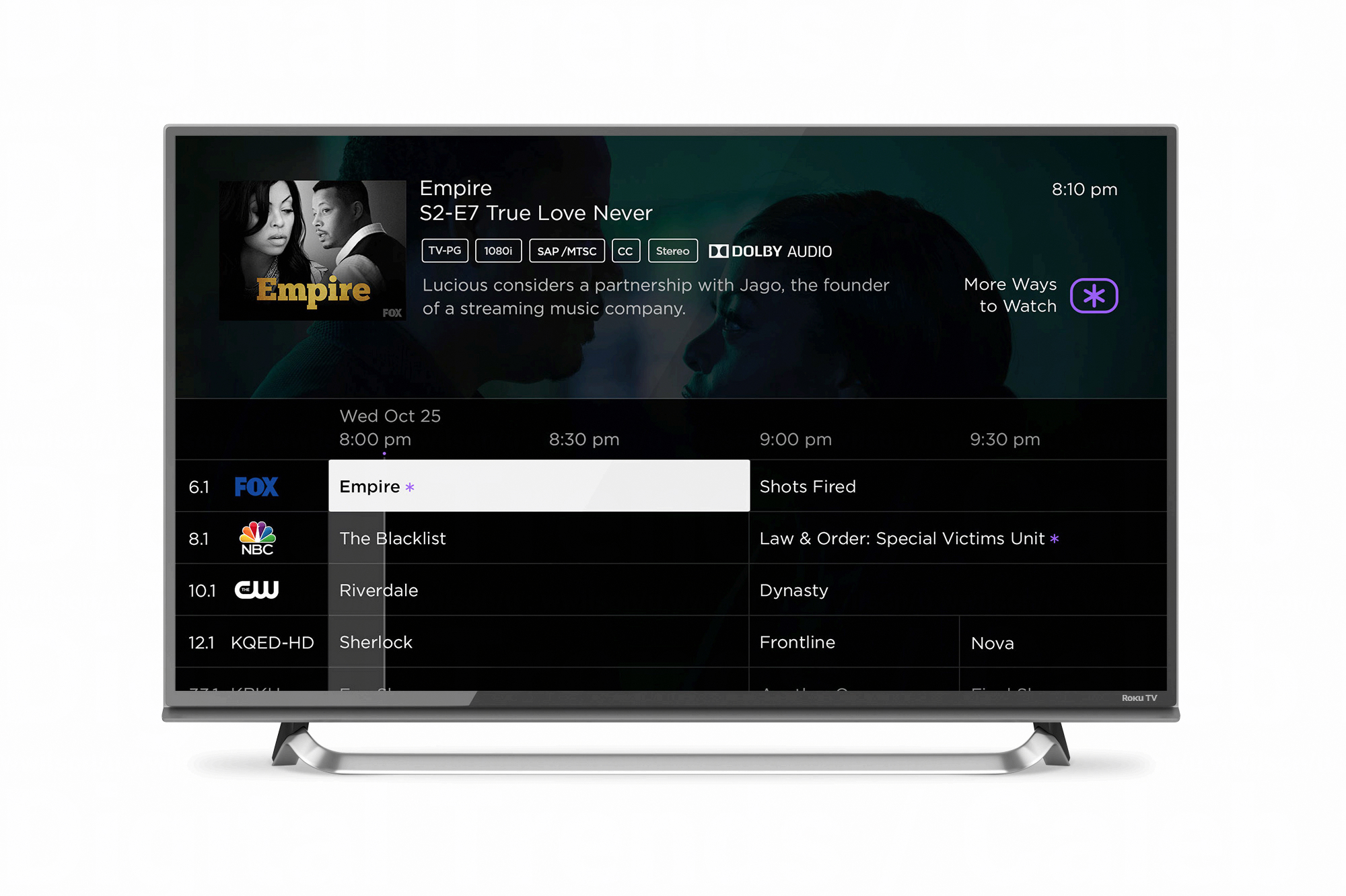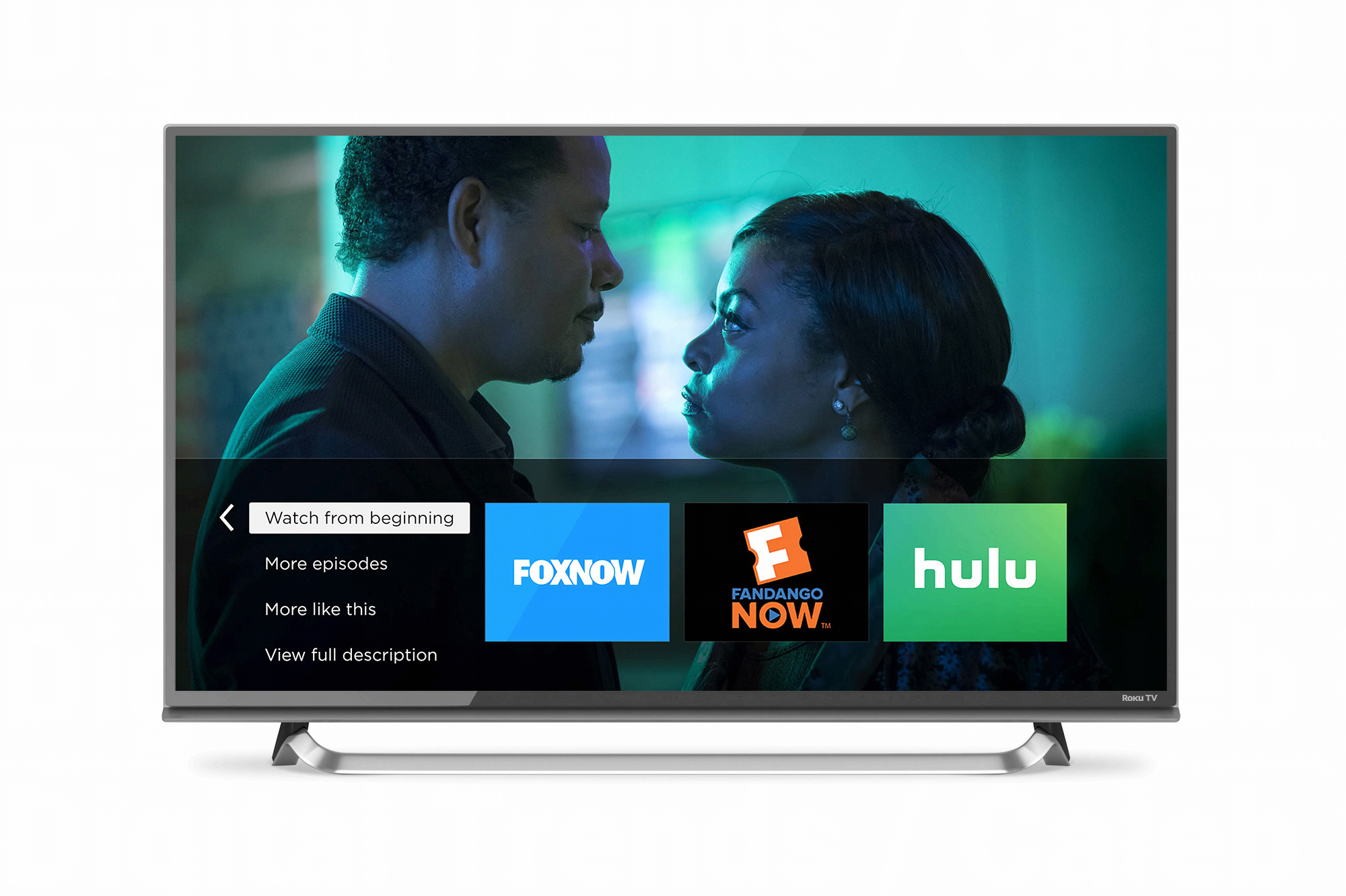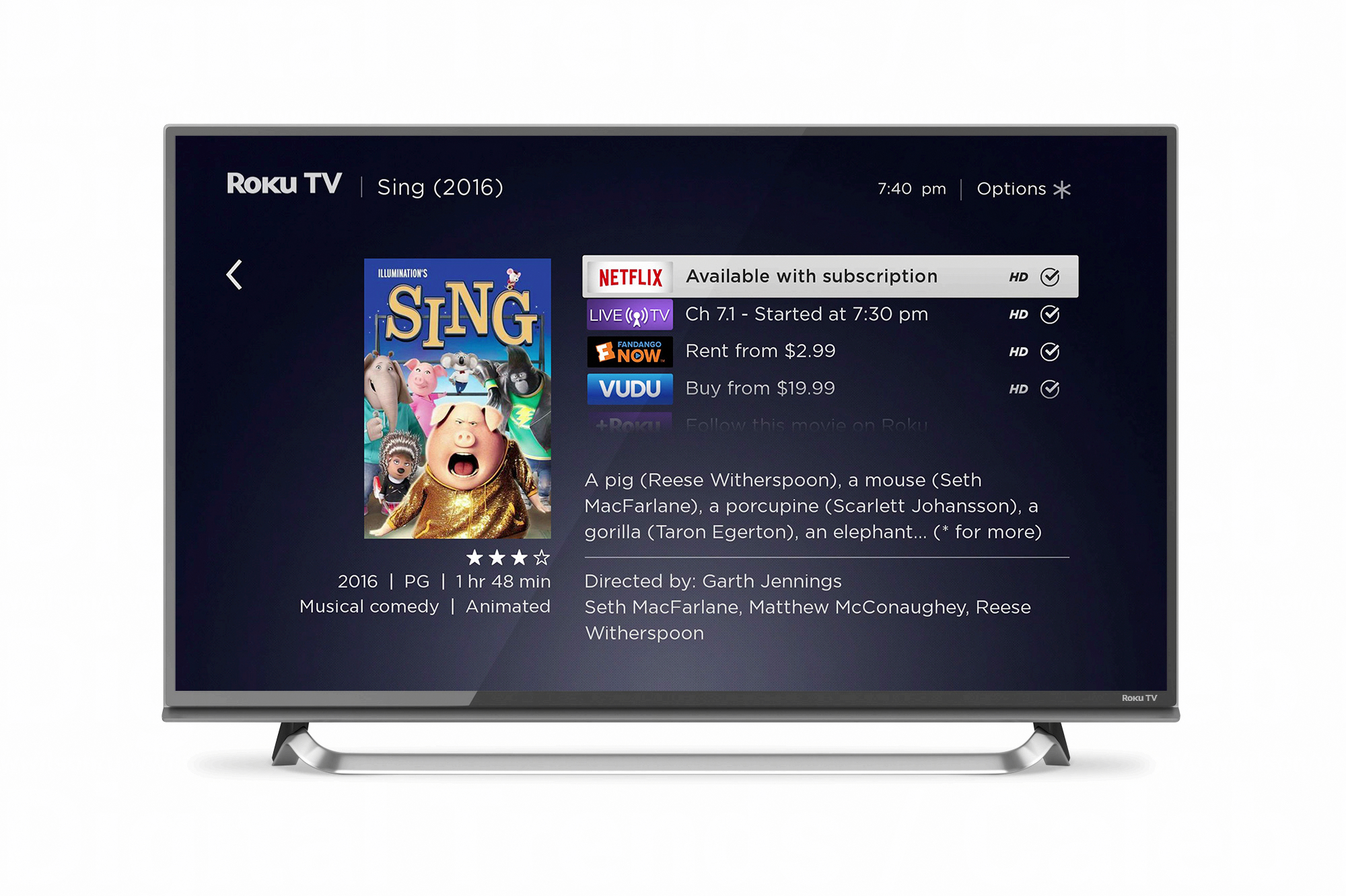
Despite valiant attempts by Amazon and Apple to close the gap, it looks like Roku will maintain its spot on the top of the podium, with across-the-board improvements to its lineup this fall. Today, the company announced updated versions of five different streaming players, as well as the newest version of its operating system, Roku OS 8. The list of improvements and upgrades is lengthy, so we’ll run them down in orderly fashion.
Roku streaming devices
All of these products (except the Roku Express+; see below) are currently available for pre-order from Roku and several retailers, including Walmart, Best Buy, and Amazon. They’re expected to be available in brick-and-mortar stores beginning October 8.
Roku Express & Roku Express+
In May, we extolled the virtues of Roku’s budget streamer, the Express. At just $30 (plus an extra $10 if you want the breakout cable for older televisions), it streams in 1080p HD and offers access to the excellent Roku app library and search functions. Our only complaint: The Express ran slowly, with some annoying input lag due to a dearth of power under the hood.

With the new second-generation Express and Express+, Roku boosted the power by five times — keeping the price static. We don’t know exactly what kind of processor is in there, but if the increased capability improves navigation and loading times, the Express will be unbeatable at its price point.
Note: The Roku Express+ is available exclusively via Walmart beginning October 8.
Roku Streaming Stick and Streaming Stick+
The second-generation Streaming Stick, released in 2016, earned our Editor’s Choice award as one of the best streaming devices out there, and the third-generation version doesn’t deviate from the tried-and-true formula much.

In fact, when it comes to the regular Streaming Stick, the only new features are on the included remote. The new remote has a built-in microphone for voice control (something we’ve seen on more expensive Roku products in the past), as well as power/volume buttons which can control compatible televisions. This may seem like a small addition, but being able to stick that bedroom TV remote in a drawer is a nice convenience. At $50, the Streaming Stick is poised to remain an excellent value proposition.
The all-new Streaming Stick+ does have a few cool new tricks up its sleeve. For one, it’s got an “advanced wireless receiver” built into the USB power cord, which you’ll likely be plugging in to the TV itself. If your router is right next to your TV already, don’t expect much difference (the Streaming Stick was already quick), but if your internet signal is elsewhere, the receiver will noticeably improve connection speeds and reduce buffering. This could make performance in hotel rooms and dorms significantly better.

Further (and this is a biggie), the Streaming Stick+ supports 4K playback and High Dynamic Range (HDR) content at 60 frames per second for $70. Unfortunately, Roku hasn’t added support for Dolby Vision as of yet, so you’ll be “stuck” with HDR10, which isn’t quite as bright or dynamic (color-wise).
Roku Ultra
When it comes to the Roku Ultra, there’s little to add. The streaming box — which previously retailed for $130 — boasted just about any and every feature you could want. Support for 4K and HDR? Check. Ethernet? Check. A MicroSD slot? You bet. A dedicated button on the box to help find the remote when it’s lost? You get the picture. All those features are still here.

Since there weren’t any major improvements to be made, Roku went ahead and did the next best thing: They lowered the price to $100 even. The included remote’s still got a headphone jack for private listening (though you can do this with any Roku if you use your smartphone in lieu of the remote), and — like the Streaming Stick — it’s got power/volume buttons to control compatible televisions.
An aside: Like the Streaming Stick+, the Ultra has HDR support, but only for HDR10 — not Dolby Vision. This is one [small] area in which the new, 4K Apple TV has an advantage. Lloyd Klarke, Roku’s Director of Product Management, had this to say on the subject: “Our streaming players support HDR10, and select Roku TVs (like this TCL Roku TV) support Dolby Vision. There isn’t a clear winner yet between the two standards, and for now we have selected HDR10 for our devices. TV brands can choose for themselves.”
Roku OS 8
Roku OS 7 arrived two years ago, bringing with it a litany of new features, including upgrades to the Roku Feed function and the ability to bypass complex network security (think college dorms or hotels with two-part logins) via the mobile app.
Today, Roku announced Roku OS 8, which will roll out to compatible (read: manufactured in 2011 or later) streaming devices over the course of the next three months. Below, we’ve outlined all the important new stuff.
Smart Guide
Smart Guide is a new feature for Roku TVs that automatically integrates local broadcast TV information (from an antenna) into the Roku TV’s operating system, allowing users to find broadcast programs via the Roku search function and to view program information for broadcast channels up to one week in the past and two weeks in the future.
Smart Guide also includes the More Ways to Watch feature, which gives users extra streaming options like browsing similar entertainment or starting content over from the beginning. Users can also use the Roku mobile app to search for over-the-air broadcast TV content.
Improved voice control
With Roku OS 8, you can use voice control to change the input on your television, tune to a local broadcast channel, launch any streaming channel, and even turn the TV on (saying “Launch Hulu” when the TV is off, for example, will turn it on and launch the Hulu channel). Private listening is supported for broadcast TV, too, so you can plug headphones into your remote — or smartphone, if you’re using it as a remote — and watch your way.
Voice recognition has been improved across the board, allowing for a more conversational tone in commands. Phrases like “Show me movies with Chris Tucker” are now supported (why are you searching for movies with Chris Tucker?), and you can even voice search for directors.
TV Everywhere single sign-on
If you use the TV Everywhere service — which gives Roku owners access to a bevy of channels, if they’ve got a valid pay-TV login — you’ll be happy to know that Roku OS 8 will only make you sign in once to get access to everything. Is this something that should have been included from the get-go? Absolutely! Still, it’s appreciated.
Roku 4K Spotlight
The Roku 4K Spotlight channel has been in place for a while now, helping those with 4K-capable televisions find content fit for their glorious, pixel-filled displays. With Roku OS 8, the channel has been updated, now featuring an improved navigation menu in addition to several new content categories to help you find exactly what you’re looking for. 4K Spotlight also now allows you to choose which service you want to stream from if a piece of content is available via multiple platforms.
Editors' Recommendations
- Gigabyte just upped its OLED monitor game
- You Asked: best streaming device for image quality, plus frame rate control and more
- Sharp’s promised Roku OLED TV is now available and deeply discounted
- Which streaming platform has the best screensavers?
- Google TV vs. Roku TV: which is the better streaming OS?





